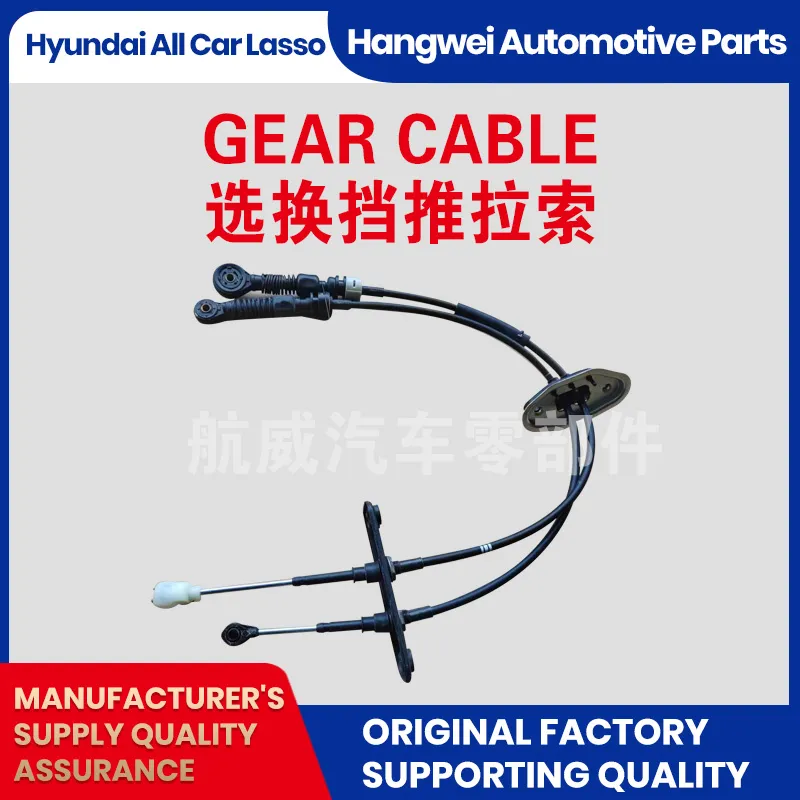hand brake line
Understanding Hand Brake Lines Function, Importance, and Maintenance
The hand brake, also known as the emergency brake or parking brake, is a crucial component of any vehicle's braking system. Its primary function is to keep the vehicle stationary when parked, especially on inclines. One of the significant elements associated with the hand brake is the hand brake line, which plays a vital role in the overall functionality of the braking system. This article delves into the importance, functioning, and maintenance of hand brake lines.
Function of Hand Brake Lines
The hand brake line is a cable or a series of cables that connect the hand brake lever to the brake mechanisms at the rear wheels. When the driver pulls the hand brake lever, it pulls the cables, which in turn activates the brake shoes or pads on the rear wheels, creating friction that keeps the vehicle stationary. This mechanism is particularly important in situations where the regular braking system might fail, ensuring that the car does not roll away while parked.
Most modern vehicles use a cable system for the hand brake, although some newer models may incorporate electronic systems. Regardless of the mechanism, the reliability of the hand brake line is paramount. A worn or damaged hand brake line can lead to a complete failure of the hand brake, which could be a significant safety risk.
Importance of Hand Brake Lines
The importance of hand brake lines extends beyond simply preventing the vehicle from rolling away. They are an essential safety feature, providing an additional layer of security for the driver and passengers. Without a functioning hand brake, the risk of accidents increases significantly. For instance, if a driver parks on a slope without engaging the hand brake, there is a danger that the vehicle could roll, potentially leading to collisions or injuries.
Moreover, hand brake lines are particularly useful in emergencies. In situations where the regular brakes fail, a well-maintained hand brake can be used to bring the vehicle to a stop. This dual functionality highlights the need for regular inspection and maintenance of the hand brake line.
Maintenance of Hand Brake Lines
hand brake line

Proper maintenance of hand brake lines is crucial for ensuring their longevity and functionality. Here are some key maintenance tips
1. Regular Inspections Conduct routine checks of the hand brake line for any signs of wear, fraying, or damage. Look for rust or kinks that may affect the cable's effectiveness.
2. Lubrication Apply lubricant to the moving parts of the hand brake system to ensure smooth operation. This helps in reducing wear and preventing rust, particularly in regions with harsh weather conditions.
3. Alignment Check Ensure that the hand brake line is properly aligned and connected. Misalignment can lead to uneven wear and reduced braking efficiency.
4. Adjust Tension The tension in the hand brake line should be adjusted as required. If the hand brake lever pulls too high or does not engage the brakes properly, it may be time to adjust or replace the line.
5. Professional Servicing Consider having a professional mechanic inspect the hand brake line during routine vehicle maintenance. They have the expertise to identify issues that may not be apparent to the average driver.
Conclusion
The hand brake line is an essential component of a vehicle's braking system, ensuring safety and security while parked and providing a backup in emergencies. By understanding its importance and implementing regular maintenance, drivers can enhance their vehicle's performance and safety. A well-maintained hand brake line is not just a convenience; it is a critical aspect of responsible vehicle ownership that protects both the driver and others on the road.
-
Workings of Clutch Pipe and Hose SystemsNewsJun.04,2025
-
The Inner Workings of Hand Brake Cable SystemsNewsJun.04,2025
-
The Secrets of Throttle and Accelerator CablesNewsJun.04,2025
-
The Hidden Lifeline of Your Transmission Gear Shift CablesNewsJun.04,2025
-
Demystifying Gear Cables and Shift LinkagesNewsJun.04,2025
-
Decoding Clutch Line Systems A Comprehensive GuideNewsJun.04,2025
